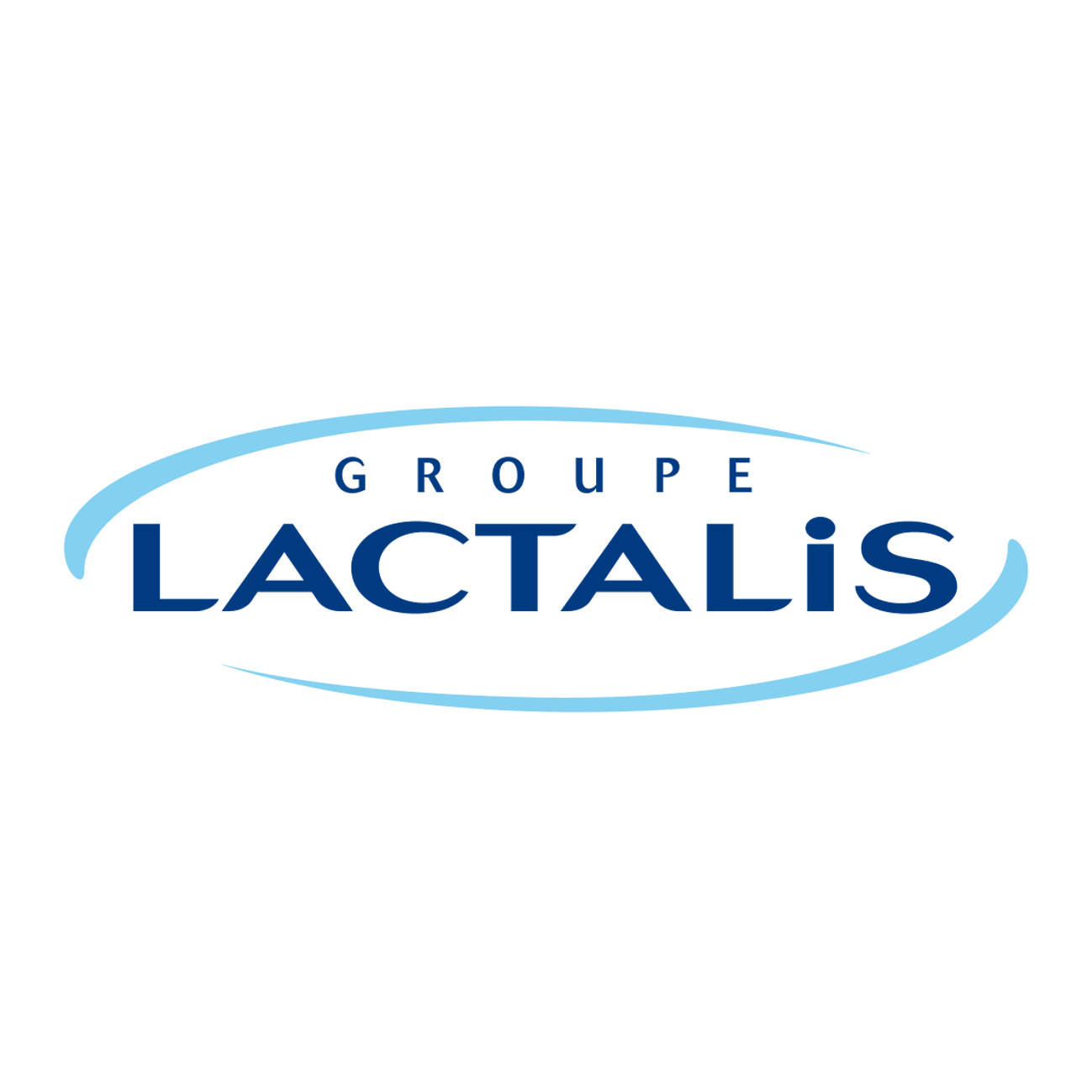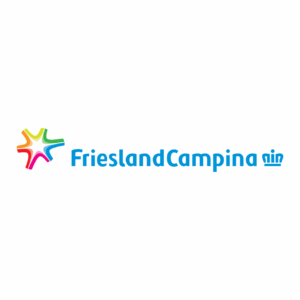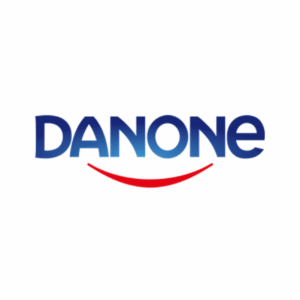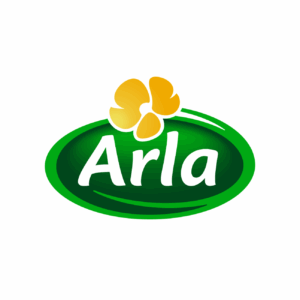As the global dairy industry faces mounting pressure to reduce its environmental footprint, leading brands are stepping up, or stumbling, in their responses.
This comparative analysis explores the sustainability performance of four major dairy companies, Danone, Lactalis, Arla Foods, and Friesland Campina, across ten key environmental criteria.
From carbon footprint to recycling rates, from energy consumption to supply chain transparency, each profile provides a nuanced snapshot of ambition versus reality.
The aim: to understand who is truly leading the way toward sustainable dairy, and who is still lagging behind despite bold promises.
Lactalis
Nurturing the Future
Criteria
Carbon Footprint, High
Lactalis is pushing for net-zero emissions by 2050, aiming to cut 46.2% of its direct emissions and 30.3% from dairy farming by 2030.
Since 82% of its footprint comes from farming, success depends on greener operations, better energy use, and getting suppliers on board, though enforcing change across its supply chain won’t be easy.
Ecological Impact, Medium
Lactalis has faced environmental issues, with pollution incidents at 38 of 60 French factories (2010-2020). In response, it’s working on cutting emissions, improving water use, and boosting packaging recyclability, but the real impact of these efforts remains unclear.
Energy Consumption, High
Lactalis is working to cut energy use with factory upgrades, solar panels, and efficiency improvements.
A renovation at one of their factories dropped energy use by 20%, while 4,800 m² of solar panels there generate 900 MWh annually. Across operations, LED lighting, heat recovery, and low-carbon energy sources help reduce emissions, but the overall impact of these measures on its massive energy footprint remains uncertain.
Freight Density, Medium
No data is available on Lactalis’ freight density, but the company works on making its transportation more efficient. It partners with carriers to streamline deliveries, cut costs, and keep products fresh.
Recycling Rates, High
Lactalis has set ambitious recycling targets, including 100% recyclable packaging and 30% recycled content by 2025, along with phasing out PVC.
However, the company does not disclose current recycling rates, making it difficult to track progress. While it promotes recyclability, actual recycling depends on local infrastructure and consumer habits, raising concerns about the real impact of its commitments.
Without more transparency, its sustainability claims remain promising but hard to verify.
Saving Levels, Medium
Lactalis is working to cut water and energy use, with efforts like water recovery and switching from coal to gas to lower emissions. While these steps show progress, fossil fuel reliance and unclear overall impact raise doubts about how much its resource savings truly deliver.
Specific Product Monitoring, Low
Lactalis ties sustainability to product monitoring with certifications, emission cuts, and food safety goals. While progress is claimed, real impact remains unclear without better data, as certifications alone don’t guarantee sustainability.
Supply Chain Waste, Medium
Lactalis is working to cut supply chain waste through packaging goals and its NEXT Ventures Program, which reduced plastic waste significantly. It aims for 100% labeled packaging by 2025 and 30% recycled materials, but progress tracking remains unclear.
Sustainability Scorecards, Medium
Lactalis’ sustainability scorecard highlights progress in carbon reduction, packaging sustainability, and animal welfare, with ISO 14001 certifications and a 10.6% emissions cut in 2023. It aims for carbon neutrality by 2050, 100% recyclable packaging by 2025, and stronger animal welfare standards, but the real impact depends on transparency and execution.
Water Management, High
Lactalis has taken steps to improve water management, aiming to reduce water use per ton by 10% by 2025. From 2019 to 2022, it cut water withdrawals by 10%, saving 350,000 cubic meters annually.
It also recovers and reuses water, with 30% coming from milk and whey.
Related to other brands
With an overall score of 3.25 out of 5, Lactalis shows moderate but promising progress in its sustainability journey. Strong initiatives in energy efficiency, water management, and carbon reduction demonstrate a willingness to adapt, yet persistent gaps in data transparency and the unclear effectiveness of certain programs limit a full endorsement of its efforts.
For Lactalis to truly lead in sustainable dairy, it will need to back its goals with clear, measurable outcomes and greater supply chain accountability.
Number of criteria met by each brand:
- Danone 2.8 / 5
- Lactalis 3.3 / 5
- Arla 2.0 / 5
- Friesland Campina 2.8 / 5
ESCP Business School Team
Research developed by five curious international ESCP Business School students who have worked together to successfully complete their consulting project. They analysed four brands in four different categories -24 brands: electric cars EV, dairy products, computers, personal care, luxury apparel, fast fashion-, according to 10 environmental criteria.
- Alix AMMEUX: Dairy Products
- Hanna AMSELLEM: Electrical Vehicles
- Leonardo BERTINI COLLA: Computers
- Zackary BOISNEAULT: Personal Products
- Ariane DESPRES: Luxury Apparels
- Caterina GIUSTINIANI: Fast fashion
Sources
- Danone Universal Registration Document 2024: https://www.danone.com/content/dam/corp/global/danonecom/investors/en-all-publications/2025/registrationdocuments/urd2024accessibleversion.pdf
- Danone 2024 Mission Committee Report: https://www.danone.com/content/dam/corp/global/danonecom/investors/en-all-publications/2025/shareholdersmeetings/committeereportdanone2024.pdf.coredownload.pdf
- Danone Sustainability Dashboard 2023: https://www.danone.com/content/dam/corp/global/danonecom/investors/en-sustainability/reports-and-data/cross-topic/danonedashboard2023.pdf
- Danone Sustainability Portal: https://www.danone.com/sustainability.html
- Danone Water Policy 2024: https://www.danone.com/content/dam/corp/global/danonecom/about-us-impact/policies-and-commitments/en/2024/danone-water-policy-2024.pdf
- Lactalis Group News and Sustainability Updates: https://www.lactalis.fr/en/news/
- Lactalis UK & Ireland 2024 Sustainability Update: ttps://www.linkedin.com/posts/lactalis-uk-ireland_in-june-we-launched-our-2024-sustainability-activity-7227320150817935360-6Cyw
- Arla Annual Report 2024: https://www.arla.com/493f52/globalassets/arla-global/company—overview/investor/annual-reports/2024/arla-annual-report-2024-uk2.pdf
- Arla Annual Reports Archive: https://www.arla.com/company/investor/annual-reports/
- Arla Half-Year Results 2024: https://www.arla.com/company/news-and-press/2024/pressrelease/half-year-results-2024-arlas-robust-first-half-of-2024-is-paving-the-way-for-enhanced-sustainability-efforts/
- Arla Sustainability Portal: https://www.arla.com/sustainability/
- FrieslandCampina Annual Report 2024: https://www.frieslandcampina.com/uploads/2025/03/Annual-Report-2024-Royal-FrieslandCampina-NV.pdf
- FrieslandCampina Annual Report 2024: https://annualreport.frieslandcampina.com/
- FrieslandCampina Financial and Sustainability Reports: https://frieslandcampina.com/about-us/financials/financial-and-sustainability-reports/
- FrieslandCampina Sustainability Overview: https://www.frieslandcampina.com/sustainability/
- FrieslandCampina GHG Methodology Report 2024: https://www.frieslandcampina.com/uploads/2025/02/Greenhouse-gas-emissions-from-raw-milk-and-dairy-products-AR2024-Methodology-report-V1.3-external.pdf





0 Comments